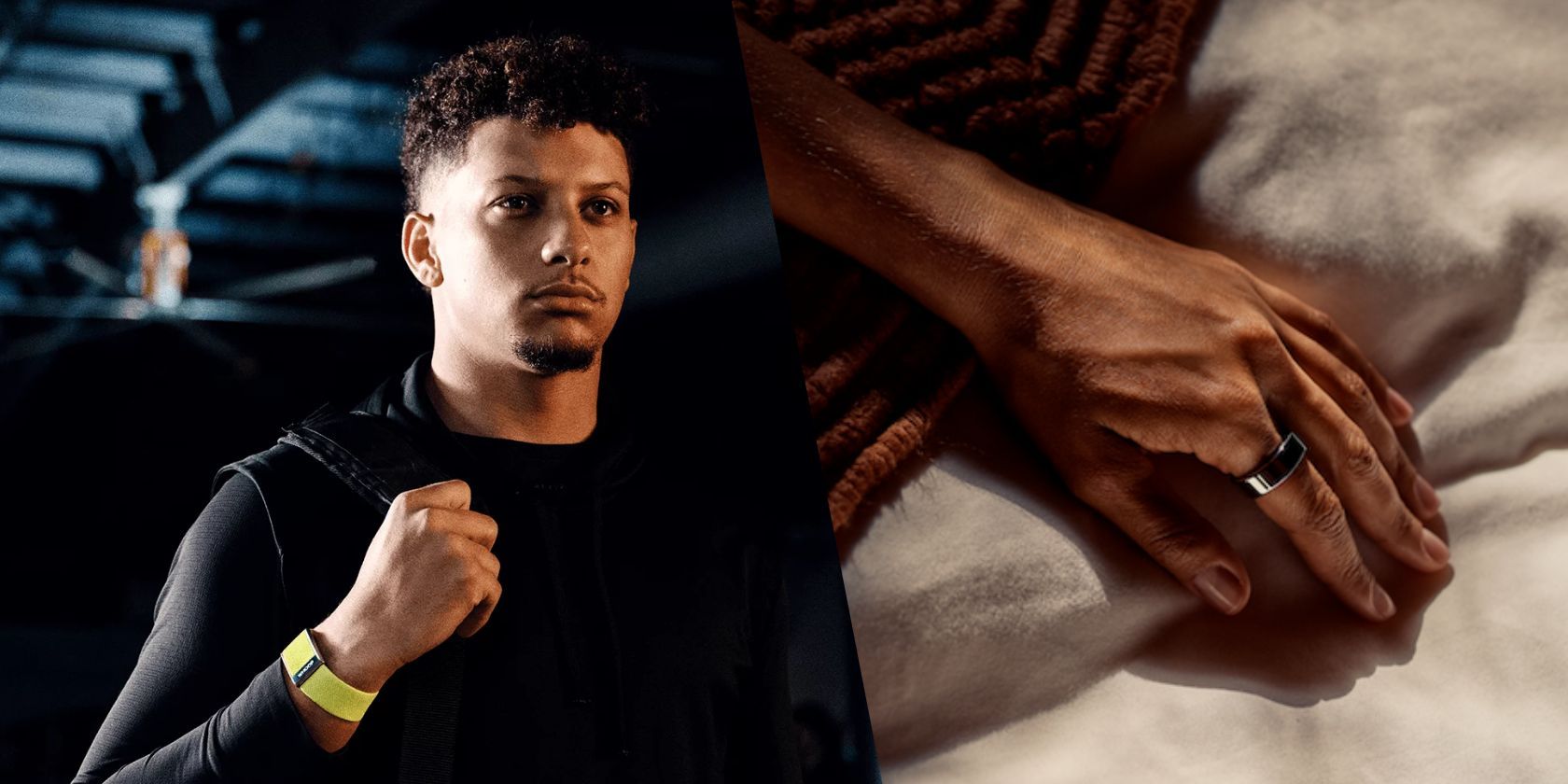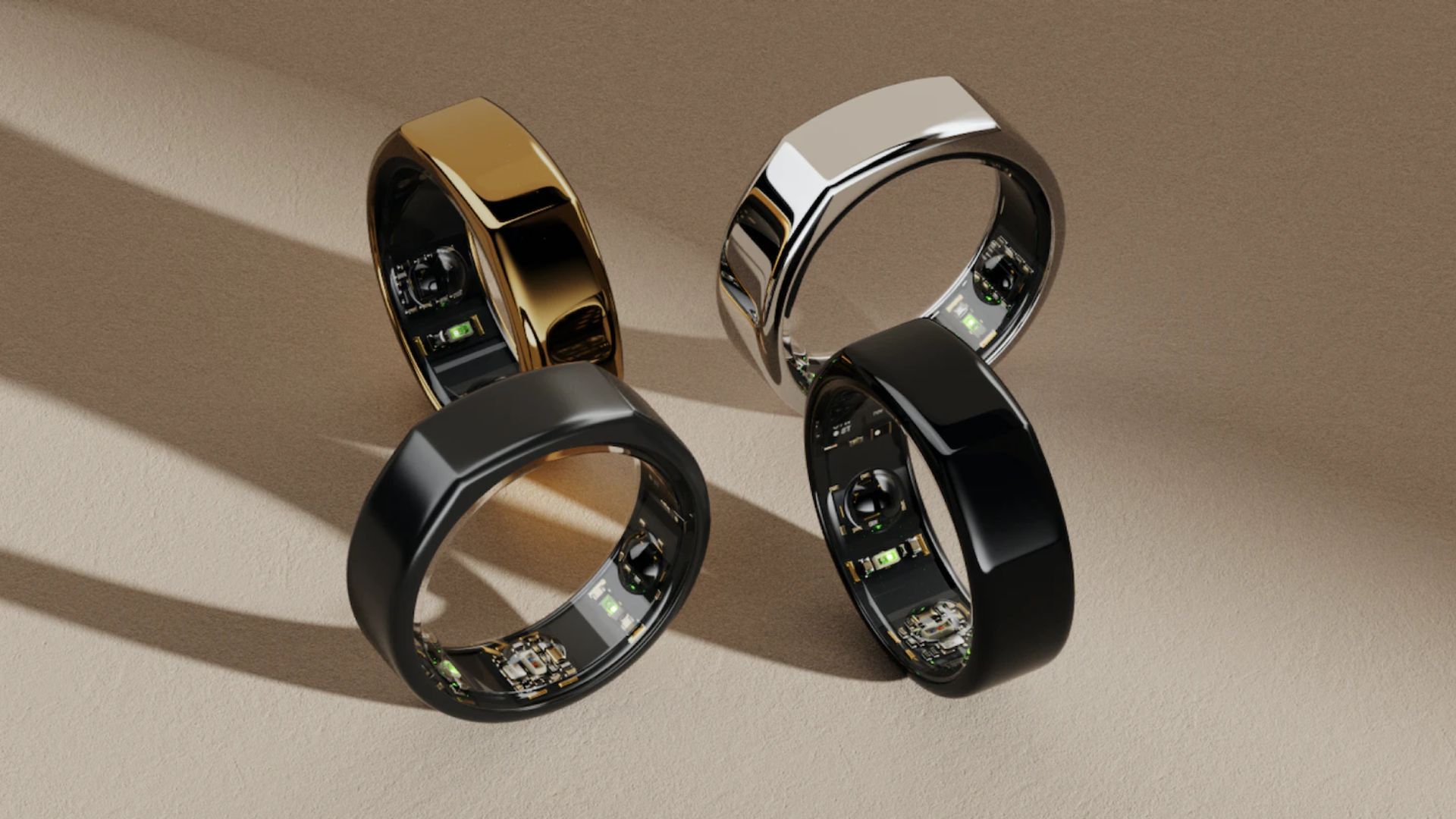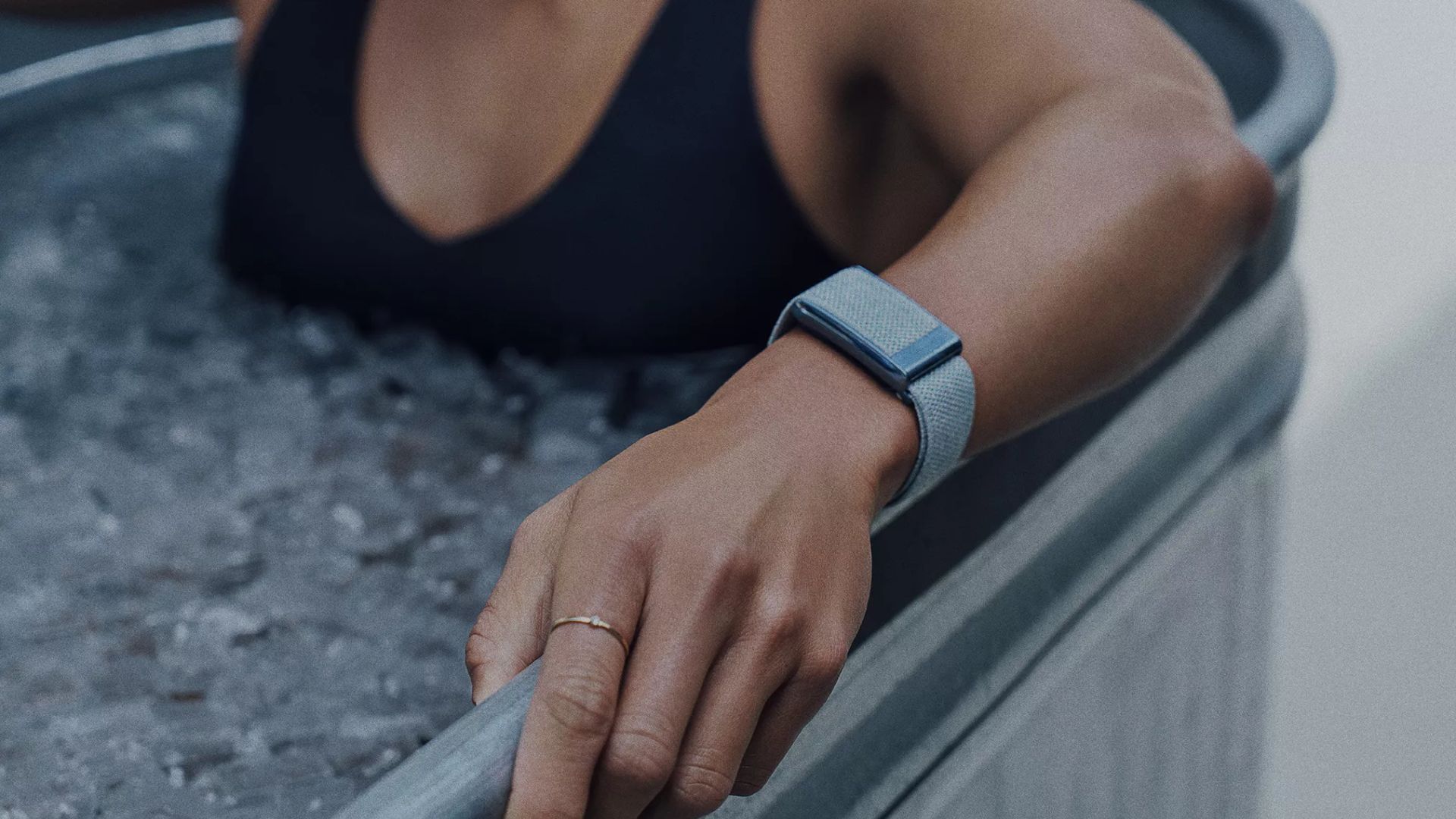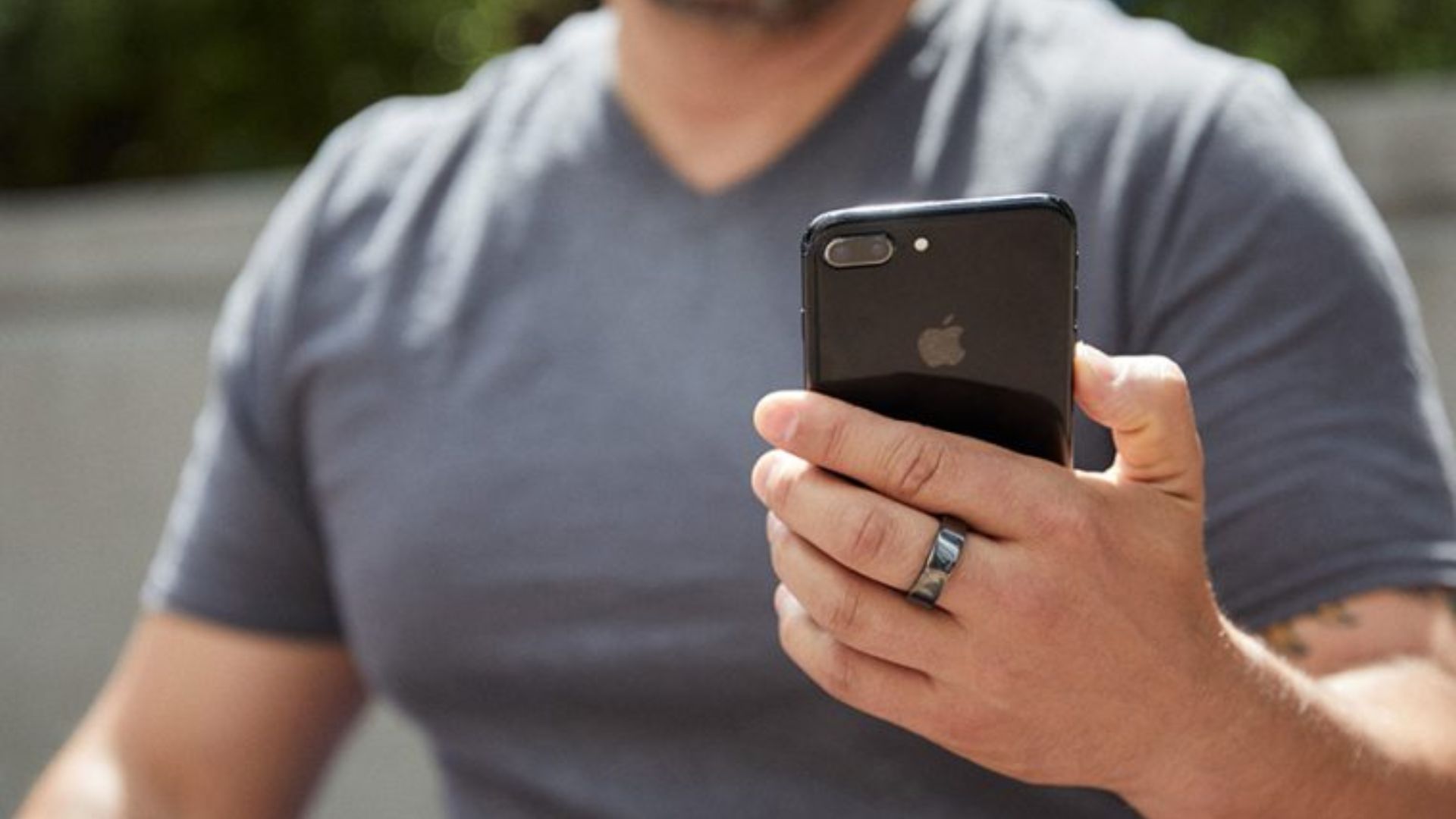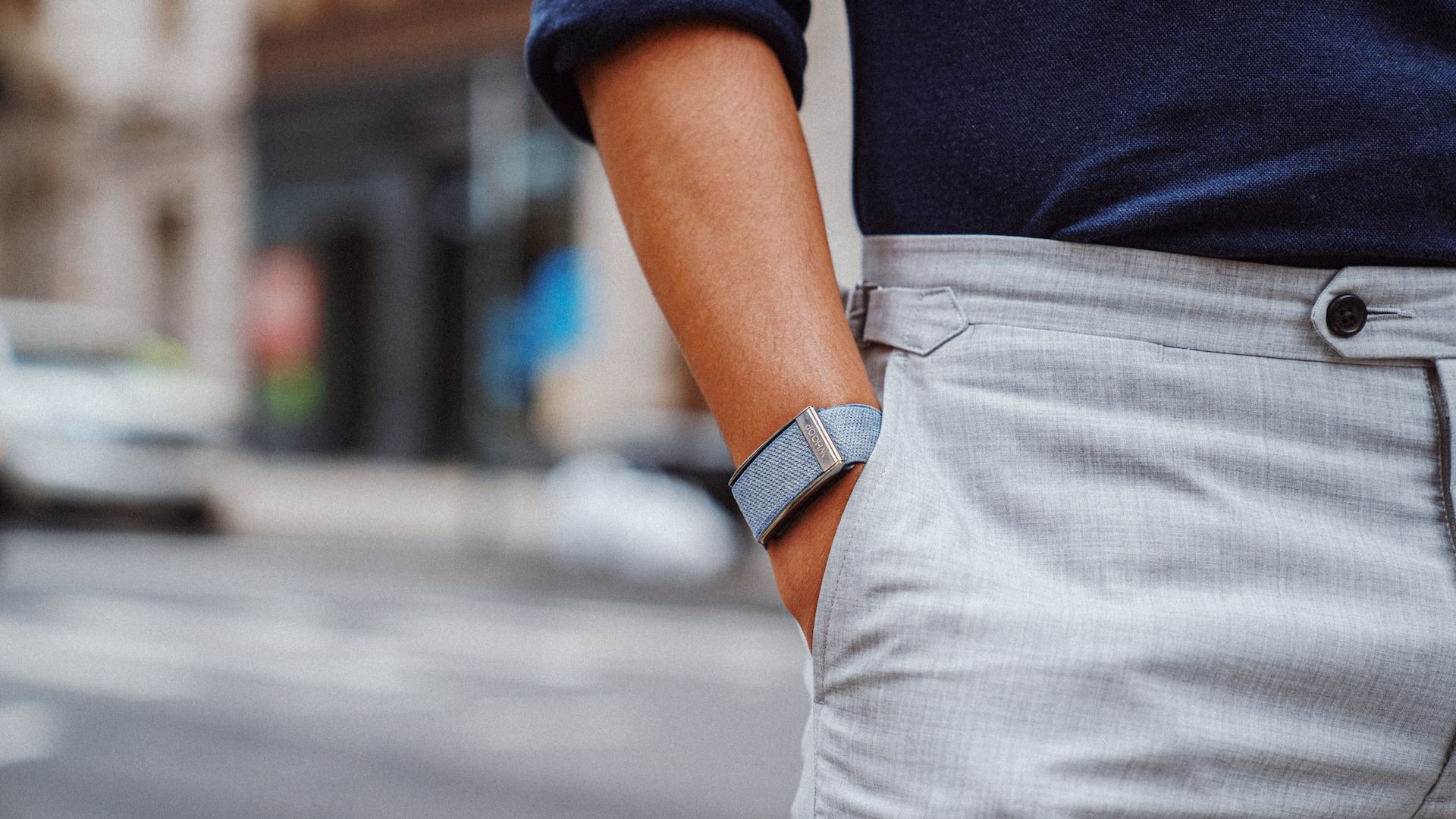The Oura Ring 3 and the Whoop 4.0 band are sleep and health trackers with unique form factors that make them stand out among traditional smartwatches and fitness trackers. One is a ring you wear on your finger, and the other can be worn as a wrist strap or in a sports bra, boxer short, or arm sleeve.
But, aside from their looks, how exactly does the Oura Ring 3 differ from the Whoop 4.0 band, and is one better than the other?
Oura Ring vs. Whoop: Price
Features are important, but many people's first thought when shopping for a new device is the price. For the first year, Oura Ring and Whoop are almost equal in terms of price. Past that first year, though, Whoop is much more expensive.
Oura Ring's Price
The Oura Ring Generation 3 has both an upfront cost and a monthly subscription cost. Depending on which color you want, you’ll pay either $299 (Silver or Black) or $399 (Stealth and Gold) for the Oura Ring itself.
Your initial purchase comes with six free months of an Oura Membership, but after that, the subscription costs $5.99 per month. This works out to about $72 per year, and there’s currently no annual payment option for a discount.
The Oura Ring 3 is the only edition that pairs with an Oura Membership, so if you currently have an Oura Ring 2 or manage to get your hands on one, you don’t need a subscription for full functionality. You could even use your Gen 3 Ring without an Oura Membership, but you’d have limited functionality and wouldn’t receive all the tracking features.
Whoop's Price
There’s a much higher monthly cost when investing in a Whoop 4.0 band, but there’s no upfront cost for the band itself. Instead, you'll pay $30 per month for a membership that gives you access to the community and a plethora of tracking features.
You have a variety of options when it comes to payment. You can pay $30 every month with a 12-month minimum commitment. Or you can opt for a longer commitment for a lower overall price, but you'll have to pay up front. A 12-month membership works out to $25 per month, but you'll owe the $300 up front. A 24-month membership costs $480 up front, which is equivalent to $20 per month.
Then, you can add on Whoop Pro for an extra $12 per month, which has to be paid annually at $144 and is not currently available to members who pay monthly. When you sign up for Whoop Pro, you get to choose a free tracking item, including more bands or batteries, arm sleeves, smart apparel, and more. For every three months you’re a Whoop Pro member, you get to choose another free item.
Whoop vs. Oura Ring: Specs
Without a built-in screen and advanced smartwatch capabilities, specs for the Oura Ring 3 and the Whoop 4.0 band are pretty straightforward.
Oura Ring Specs
Made of strong titanium, the 3rd Generation Oura Ring has optical-based green, red, and infrared light sensors that help collect a variety of biometric info. Inside, you’ll find a 3D accelerometer, gyroscope, body temperature sensors, and infrared optical pulse sensors. With all of this, it can sense your body heat, pulse, and movement intensity.
While it’s recommended to wear the ring on your index finger for best results, you can choose whichever finger you feel most comfortable with. You should make sure the ring syncs with the mobile app every day, but just in case you’re in an area without service, the ring can store up to a week’s worth of data before overwriting it.
With its 15 mAh–22 mAh Lipo battery, you can expect up to 7 days out of the Oura Ring 3 on a full charge. When you need to charge it, you’ll do so on a proprietary charger from Oura that your ring fits perfectly onto. The chargers come in multiple sizes just like the rings do.
Whoop Specs
Similar to the Oura Ring, Whoop’s 4.0 band uses optical sensors as well as green, red, and infrared lights to track important metrics, like heart rate, heart rate variability, blood oxygen, and skin temperature. More specifically, the 4.0 band is equipped with an accelerometer and a photoplethysmography-based heart rate sensor.
However, it has less built-in memory storage than the Oura Ring 3. If you can’t sync your Whoop band with the app, it’ll only save up to three days of data before overwriting it. Though it has a shorter four- to five-day battery life, it’s easier to charge when you’re out and about with a USB-C cable, which many people already carry around for their smartphones or tablets.
Oura vs. Whoop: Tracking Features
Both the Oura Ring 3 and the Whoop 4.0 band strive to show you the relationship between sleep, activity, and recovery. With either one of these wearables, you’ll get recommendations for which times of the day you should be active and when you should be resting.
Oura Ring Health Tracking
The Oura Ring 3 seems to function better as a sleep tracker, so if you’re after a wearable that’ll help you feel the most rested, this has a slight edge over Whoop’s 4.0 band. In addition to paying attention to your sleeping patterns and recommending sleep schedules, the Oura Ring 3 tracks various health metrics including your daily steps, distance covered, stress levels, respiratory rate, heart rate, and calories burned.
Whoop Health Tracking
Whoop’s 4.0 band also tracks health metrics like heart rate and calories burned, as well as detailed info about how well you’re sleeping, when you’re stressed out, and how efficient your workout and recovery sessions are.
Because there’s no screen, the Whoop 4.0 band won’t be as effective for workouts as a Fitbit, but it’s slightly more effective than the Oura Ring 3. You’ll receive a Strain score that’s measured from your heart rate variability and movement and a Recovery score that’s measured from your resting heart rate, respiratory rate, and sleep data. The app works constantly to achieve the perfect customized balance between Strain and Recovery for you.
Whoop vs. Oura: Comfort
Both of these wearables are comfy because, well, they’re designed to be worn. It all comes down to personal preference.
How Comfortable Is Oura Ring?
If you’re used to wearing rings, the Oura Ring 3 won’t feel too awkward for you. It is slightly clunkier than a lot of aesthetic ring jewelry, but after wearing it for a few days, you’ll barely notice it. Oura even sends along a sizing kit with a plastic ring before shipping your Ring 3 to ensure you get the perfect fit.
You can wear it 24/7, even if you go swimming or take a shower. The only time it might feel a bit annoying is while gripping weights tightly during strength training, so if that’s your go-to workout style, the Oura Ring 3 might not be for you.
How Comfortable Is Whoop?
The default garment for Whoop’s tracking core is a wrist strap made of knitted fabric. Just like Oura’s Gen 3 Ring, you can use your Whoop 4.0 while showering or swimming, but it might take a while for the fabric to dry out.
Whoop has multiple other garments you can insert the tracking core into, like a sports bra, an armband for your bicep, boxer shorts. And since it’s super easy to swap between garments, you can build up a wardrobe of Whoop products to cycle through regularly.
Oura vs. Whoop: The App Experience
Seeing as how many of the tracking features are housed within their respective mobile apps, it makes sense that both Oura's and Whoop's apps have great user experiences.
The Oura Ring App
On its home screen, Oura’s app is a bit more user-friendly than Whoop’s app and is therefore more beginner-friendly. You’ll see your data spread out across Readiness, Sleep, and Activity scores. The app gives you more of an at-a-glance look that shows you the most vital info up front, and then lets you explore your tracked metrics further if you wish.
Download: Oura for Android | iOS (Free)
The Whoop App
The Whoop app is by no means difficult to use, but it displays more data up front than some people might want to see. Your data is broken down into General Overview, Strain, Recovery, and Sleep for a high-level view of your stats, but there’s also a bunch of other data that floats around in the background. It takes some getting used to, but once you’ve gotten over the learning curve, there’s a lot of useful info here.
Download: Whoop for Android | iOS (Free)
Which Unique Wearable Is Better?
Oura Ring 3 vs. Whoop 4.0: two fitness trackers that are similar in what they track and even how they're priced. That said, your decision will mainly come down to how you want to wear your tracker. Do you want a titanium ring on your finger, or do you want a tracker that could swap between a knit band, a sports bra, or another wearable garment? Either choice is valid, and you'll shortly be on your way to perfecting the balance between sleep, activity, and recovery.

